PROCESS OF RESTORATION
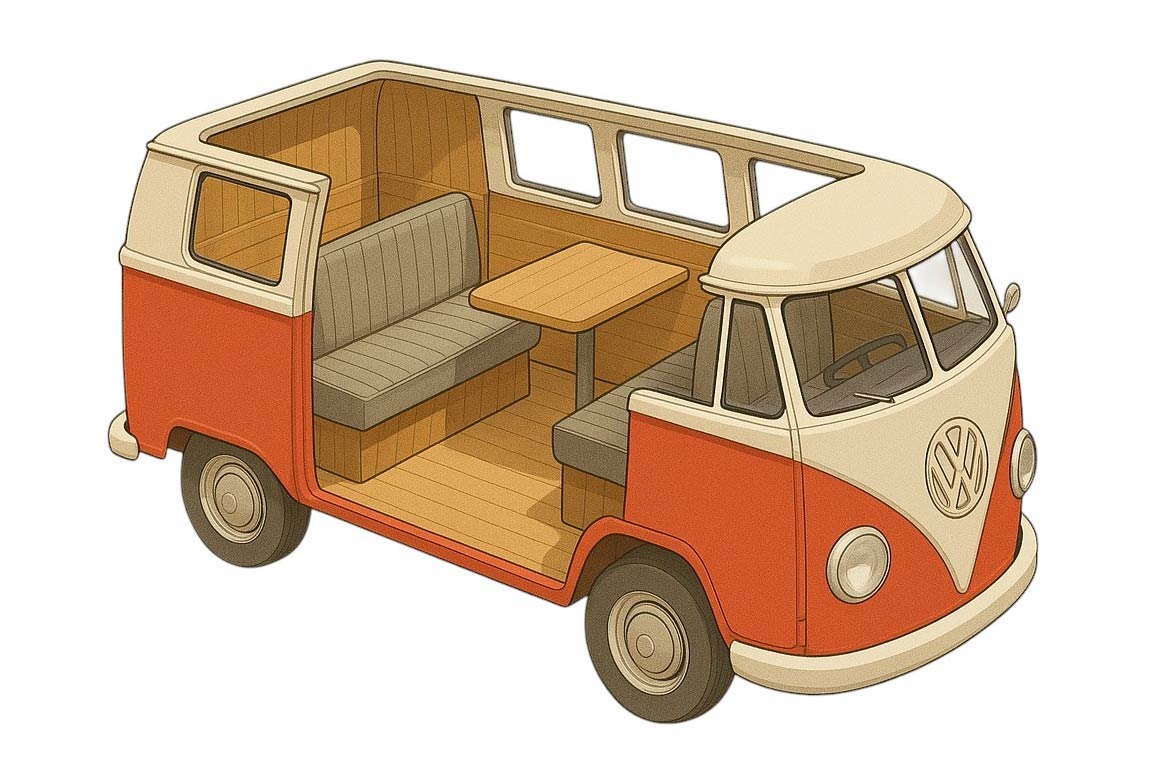
MECHANICAL RESTORATION
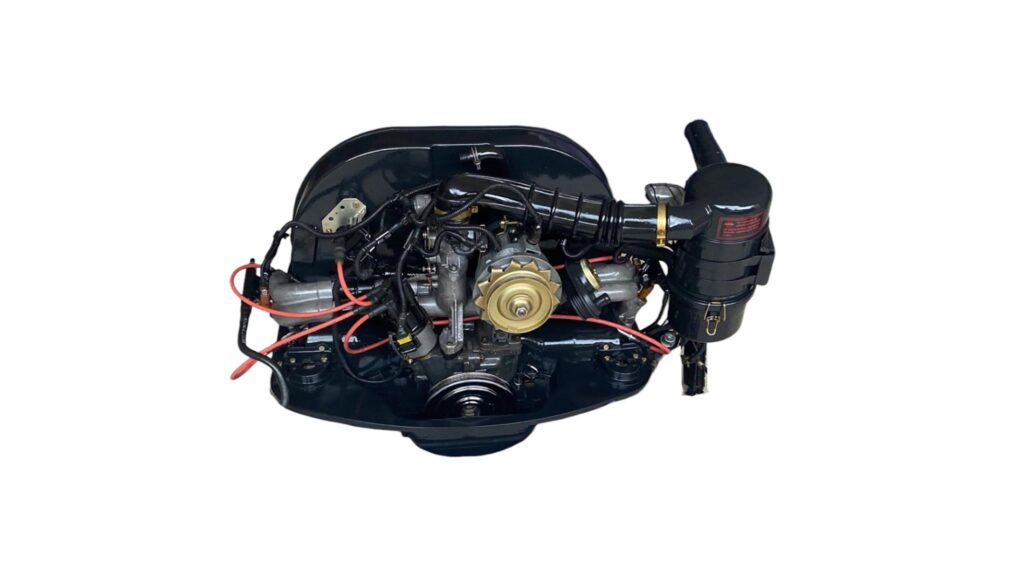
Engine: The Kombi’s engine is dismantled and sent for grinding. The crankshaft is then replaced, the tappet housings and cylinder head are reground and the bearing and connecting rod bearings are replaced. The connecting rods are bushed and the bushings replaced. In addition, the oil pump, tappet, crankcase strainer, camshaft bearings and camshaft are replaced.
BRAKE SYSTEM
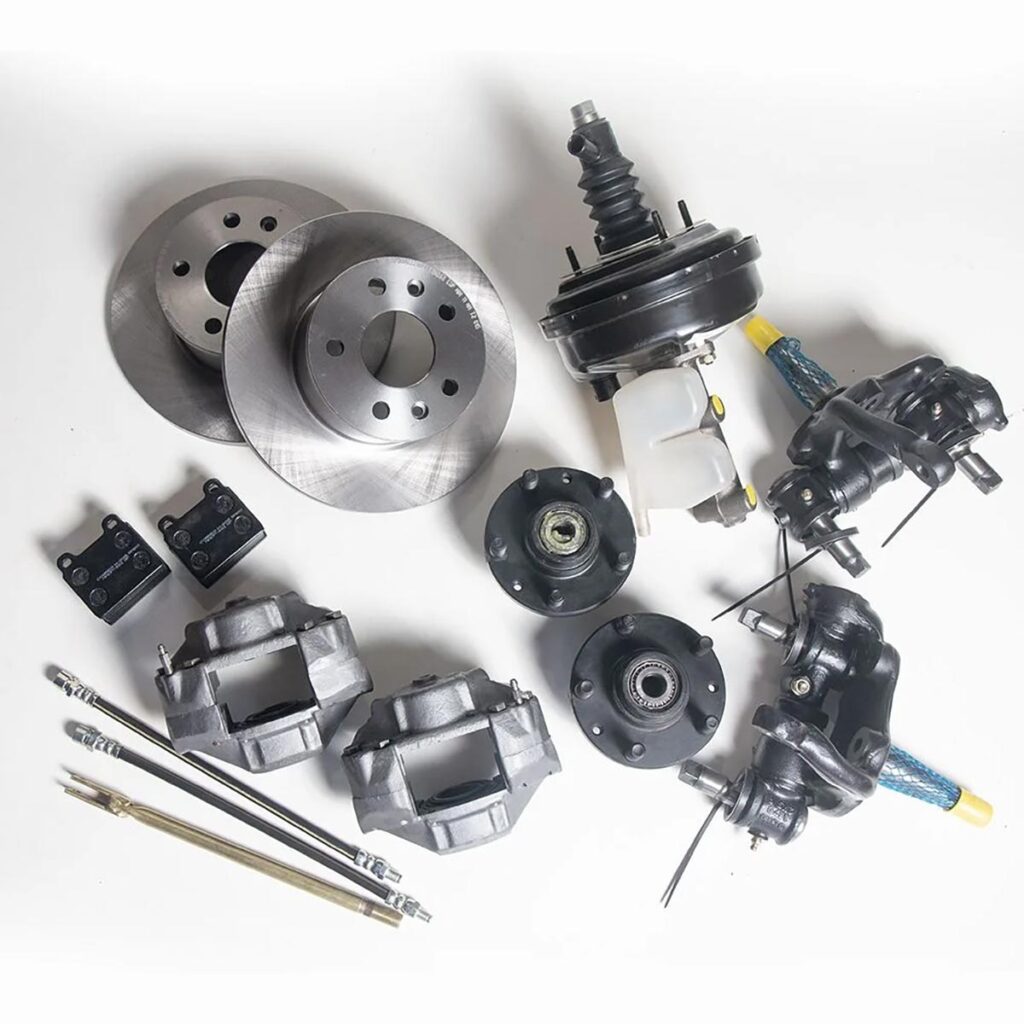
Brake system: The brake system is dismantled, including the removal of the old brake pipe. The front calipers are reconditioned and, if the Kombi has drums at the rear, new ones are installed. The brake discs, brake pads and brake hoses are then changed, as well as the brake fluid, which is essential to ensure efficient braking. The system is purged to remove any air, ensuring that it runs smoothly and safely.
SUSPENSION AND STEERING
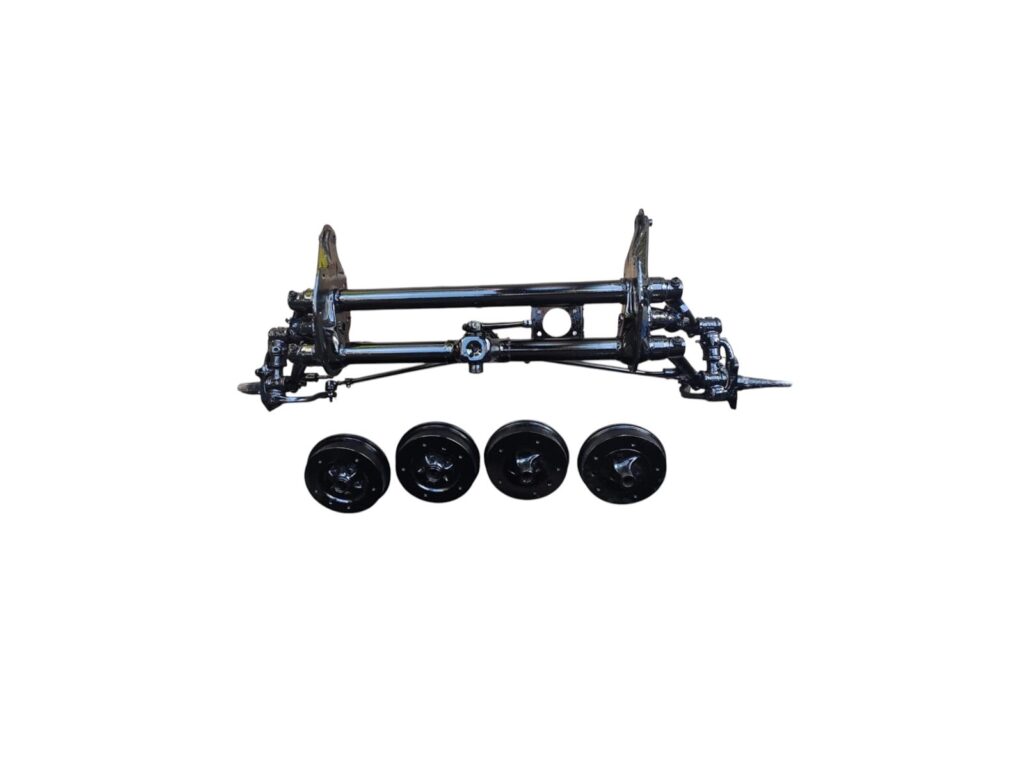
Suspension and Steering: The front and rear suspension undergoes a complete overhaul. The shock absorbers are checked and, if necessary, replaced with new ones. The steering components, such as the steering box and bushings, are replaced to ensure that the Kombi has safe and comfortable maneuverability.
GEARBOX

Gearbox: disassembled and its parts inspected in detail. Initially, the synchronizing rings for the first to second and third to fourth gears are replaced. Next, the condition of the crown and pinion is checked, and the Reverse gear fork is replaced. During the process, all the bearings are carefully inspected and, if necessary, replaced.
ELECTRICAL SYSTEM
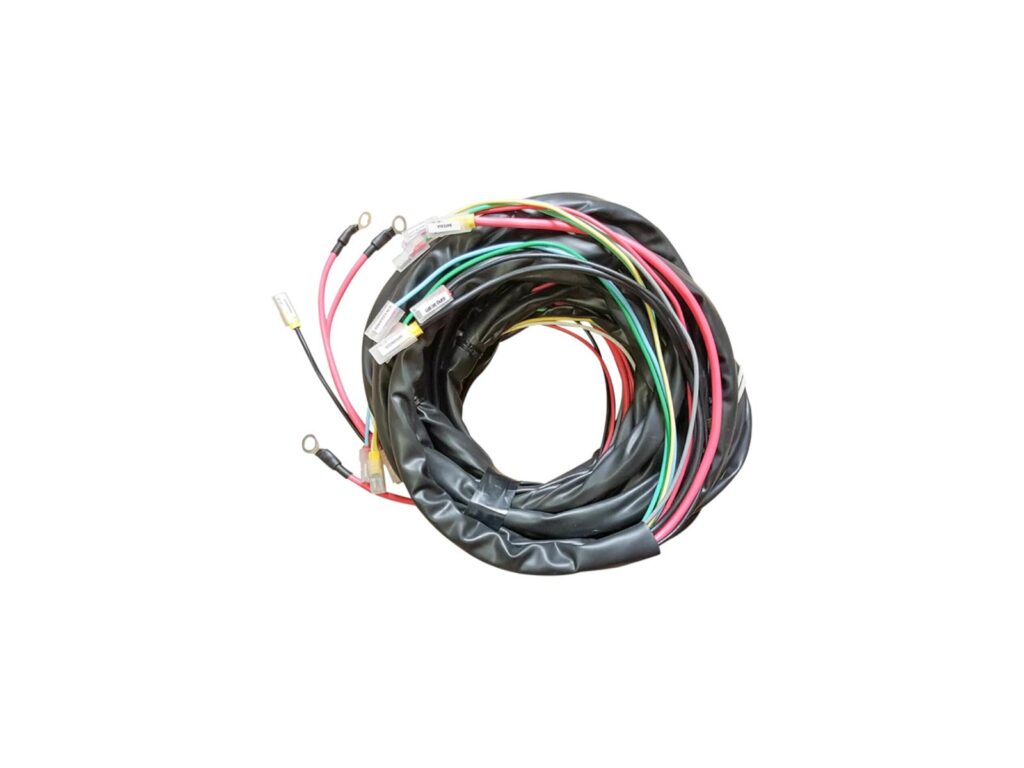
Electrical System: The Kombi’s electrical system is checked, including wiring, battery, alternator and starter motor. Loose or corroded connectors are repaired or replaced. The lights and headlights are tested and replaced if necessary, ensuring that all electrical functions are in perfect condition.
FINALIZATION
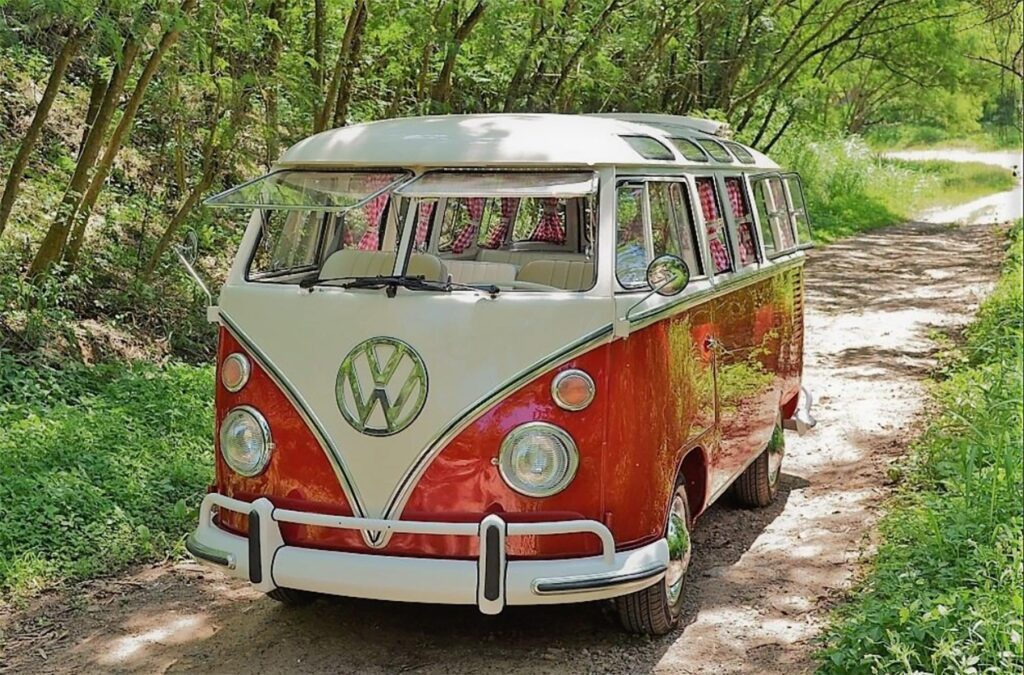
Finalization: After all the stages, the Kombi undergoes a final overhaul with road tests to ensure proper functioning, no leaks and correct alignment. It is then cleaned and prepared for delivery to the owner, ready to be driven safely and efficiently.